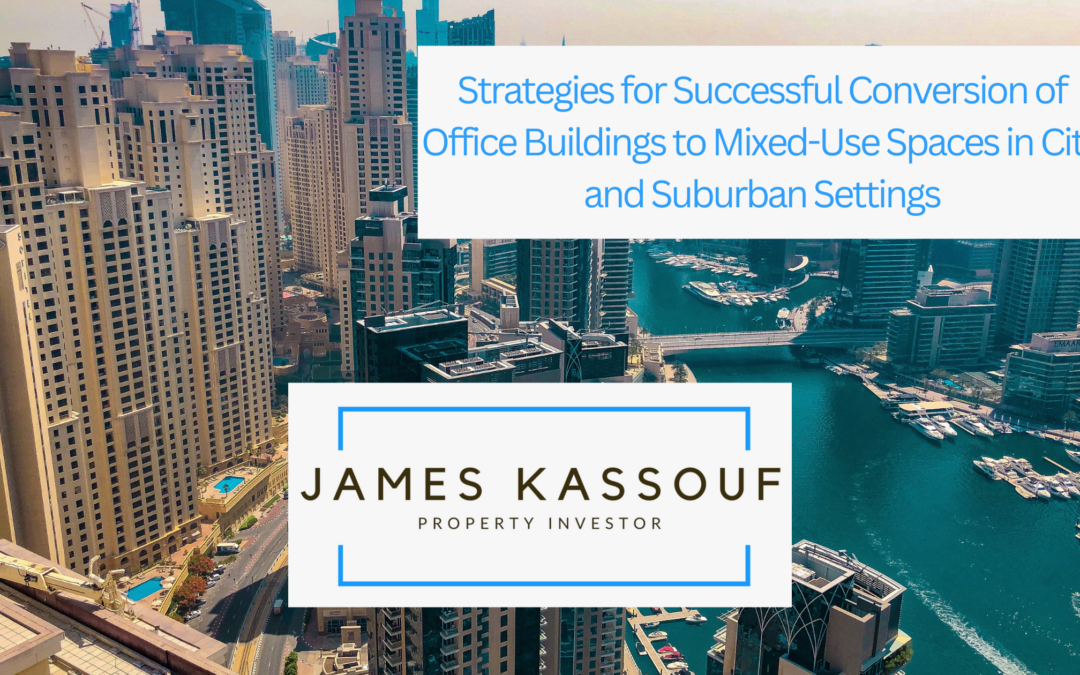The adaptive reuse of office buildings into mixed-use spaces is a strategic response to the changing dynamics of urban and suburban living. Successfully converting these structures requires thoughtful planning, innovative design, and a keen understanding of the needs of both residents and businesses. Here are critical strategies for the successful conversion of office buildings into dynamic mixed-use spaces in city and suburban settings:
Comprehensive Feasibility Analysis: Conduct a thorough feasibility analysis before any conversion project. Evaluate the proposed mixed-use development’s market demand, zoning regulations, and economic viability. Understanding the unique characteristics of the target location and its potential user base is crucial for successful transformation.
Engage Stakeholders and Community Input: Engage with local stakeholders and seek community input throughout the planning stages. Hosting community meetings, soliciting feedback, and involving residents in the decision-making process build positive relationships. Addressing concerns and incorporating community preferences can enhance the project’s acceptance and success.
Thoughtful Design and Space Planning: Craft a brilliant design that maximizes the functionality and aesthetic appeal of the mixed-use space. Consider integrating residential, commercial, and recreational elements and creating communal spaces that foster a sense of community. Efficient space planning ensures a harmonious blend of diverse uses within the converted building.
Flexibility in Use and Design: Design with flexibility in mind. Consider the adaptability of spaces to accommodate various uses over time. This approach allows the mixed-use development to evolve with changing market demands and demographic shifts. Flexible designs enable adjustments to meet the needs of both current and future occupants.
Emphasis on Sustainability: Incorporate sustainable design and building practices into the conversion process. Implement energy-efficient systems, green building materials, and environmentally conscious features. Prioritize sustainability not only for the sake of environmental responsibility but also to appeal to a growing market of eco-conscious consumers.
Amenities for Residents and Businesses: Enhance the appeal of the mixed-use development by including amenities catering to residents and businesses. Shared spaces, recreational facilities, green areas, and cultural venues contribute to the overall livability and attractiveness of the converted space.
Seamless Integration with Surroundings: Ensure the mixed-use development seamlessly integrates with its surroundings. Consider the local architecture, cultural context, and neighborhood character. A well-integrated development enhances the overall fabric of the community and fosters a sense of belonging.

